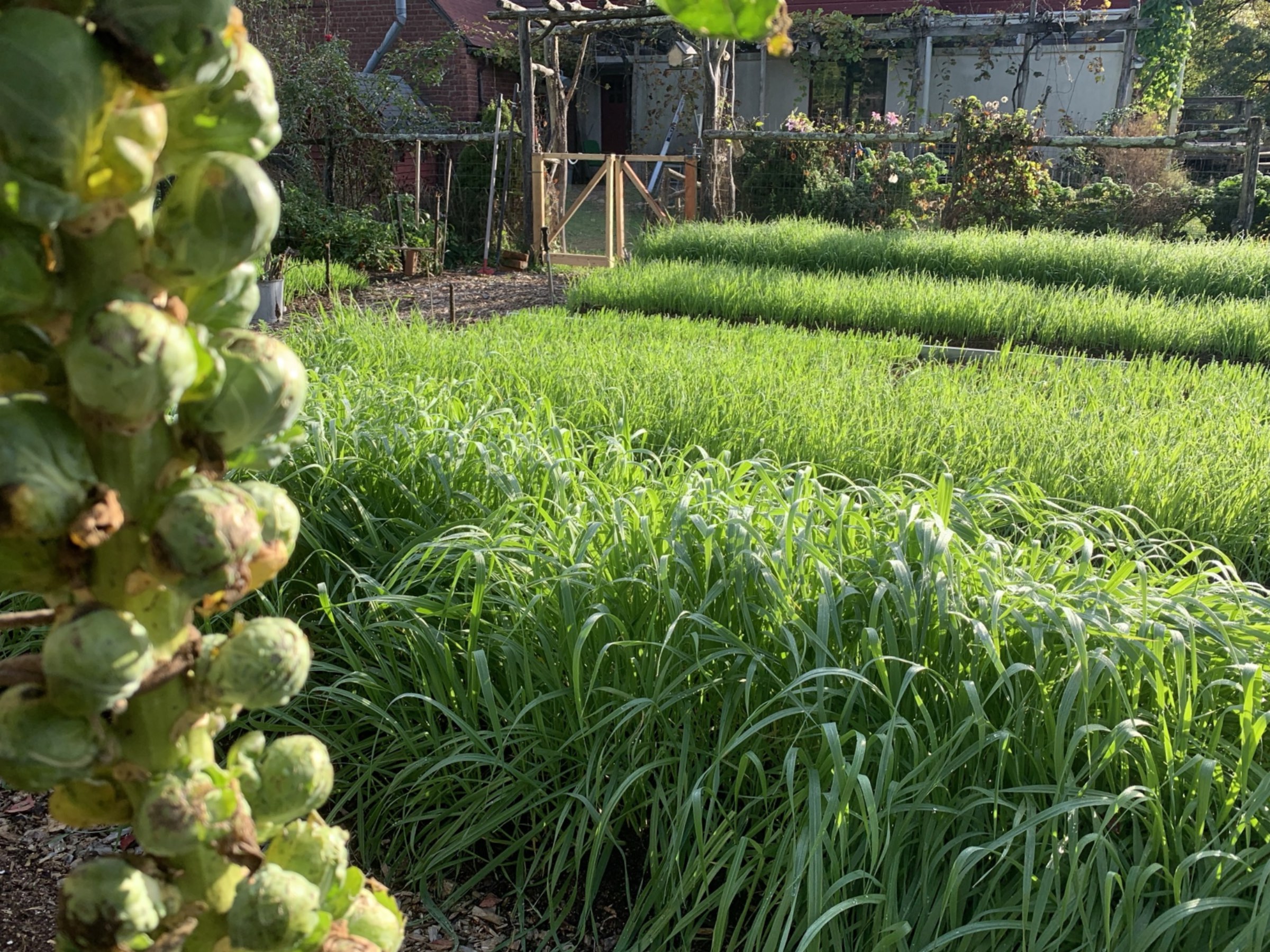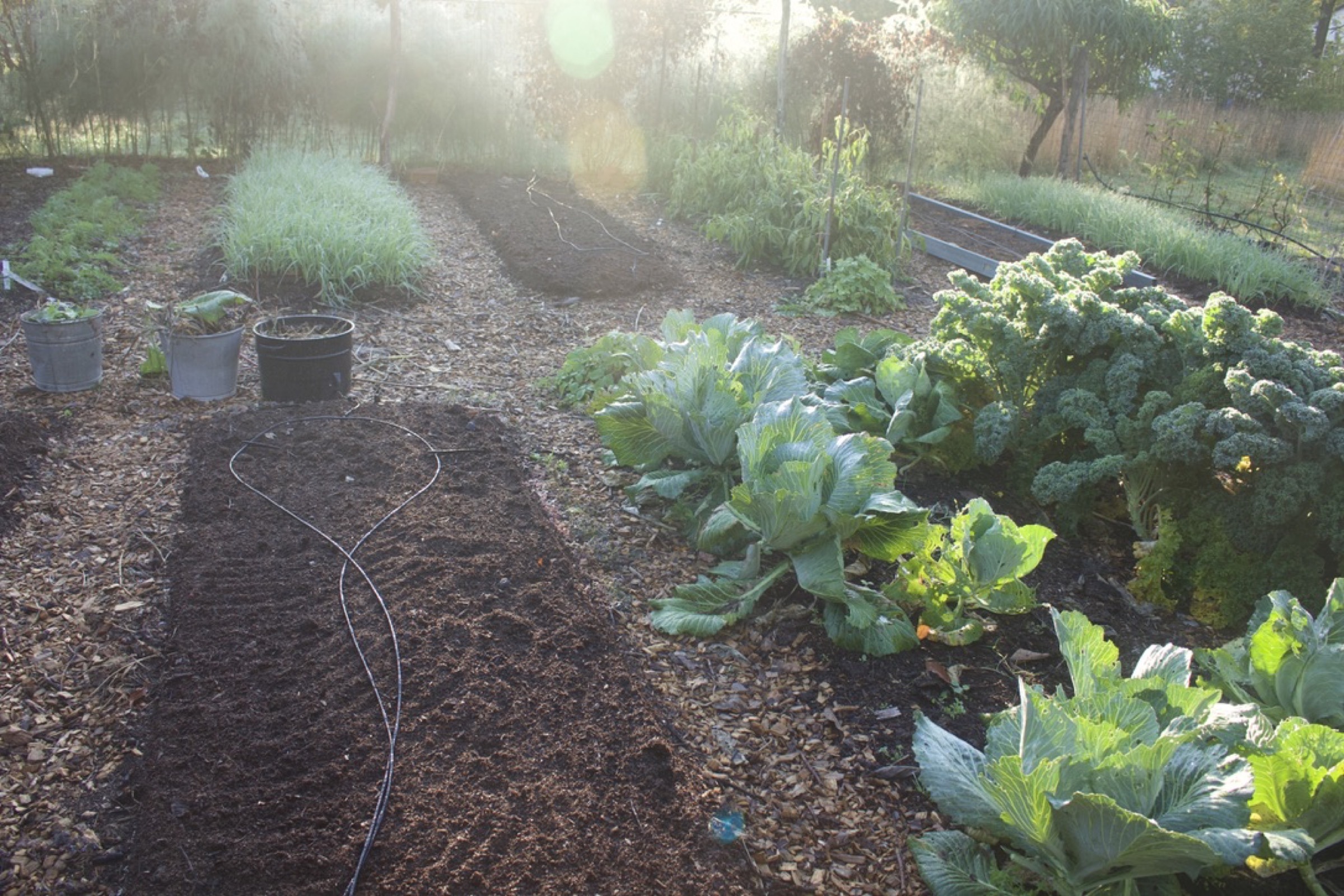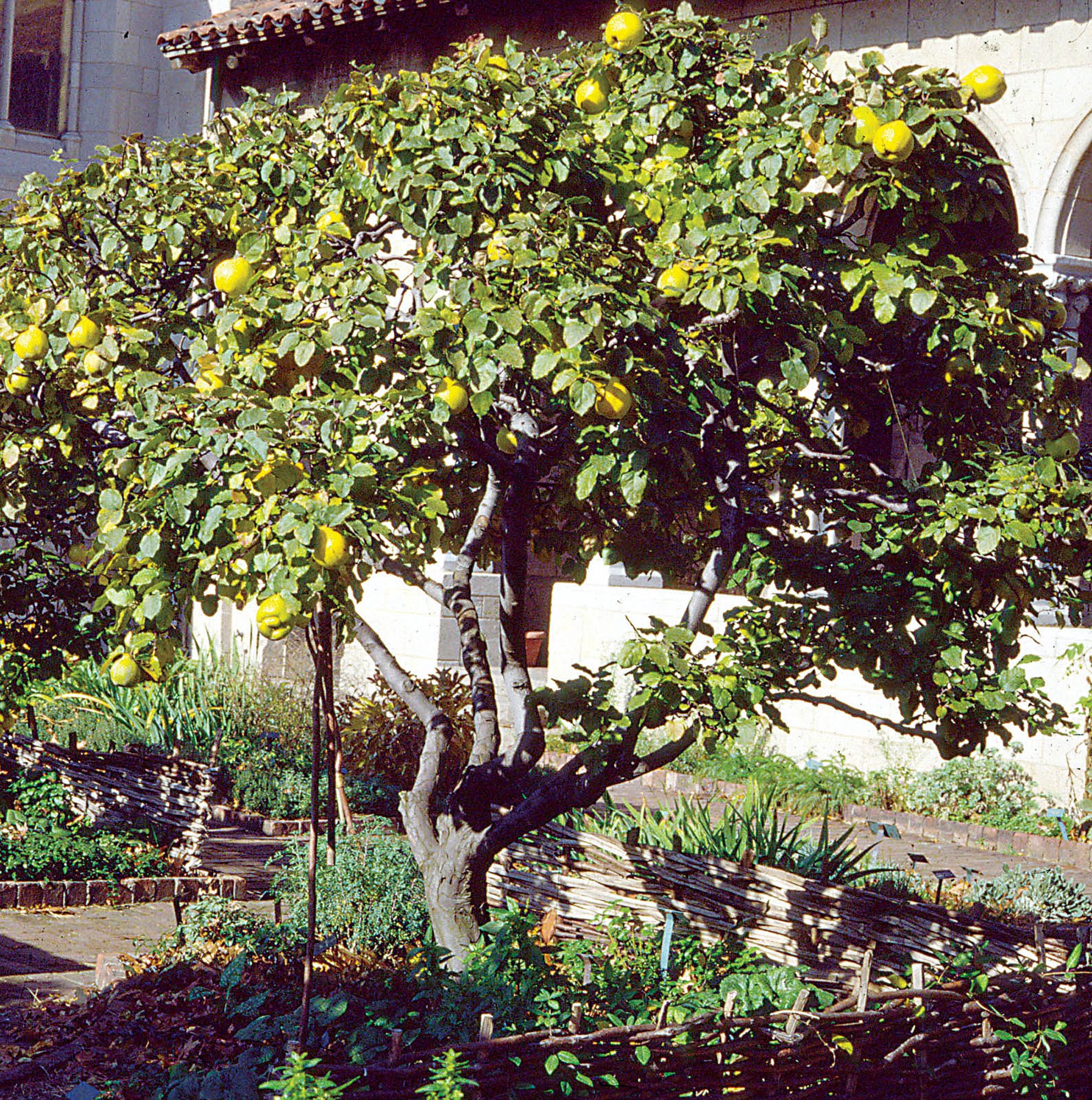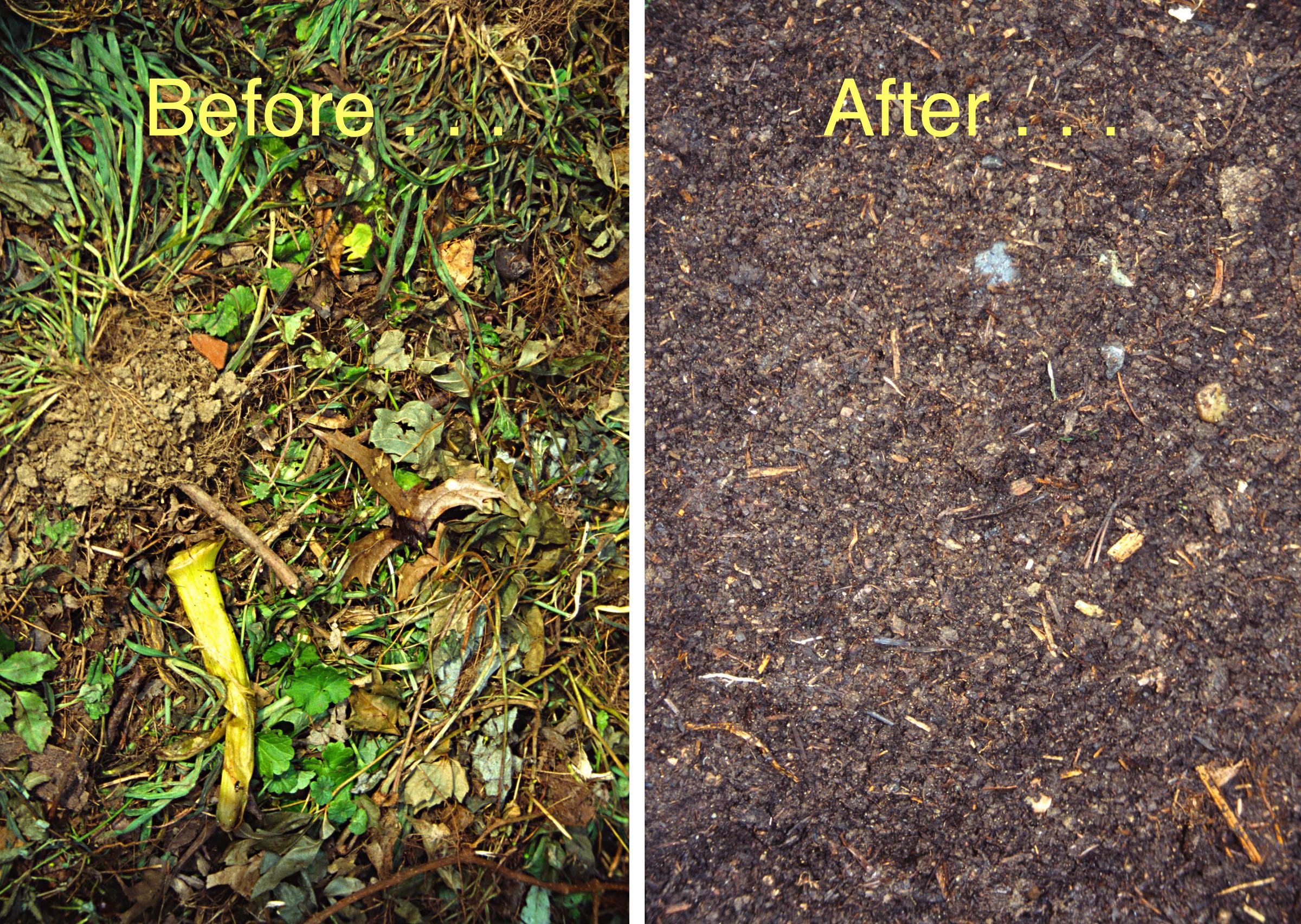NO NEED FOR A MELANCHOLY EXIT
/2 Comments/in Gardening/by Lee ReichThe Valuable Dead Stuff
Dead leaves on the ground, dead stems on trees and shrubs, dead plants where flowers and vegetables once strutted their stuff — how forlorn the yard can look this time of year. The urge is to tidy things up by blowing or raking leaves out of sight, pruning away unwanted branches, and ripping dead plants out of the ground.

Cover crops and brussels sprouts
Garden cleanup has its virtues, but can do more harm than good if taken to excess. For instance, many gardeners like to clear Read more
THREE BEAUTIFUL QUINCES
/10 Comments/in Flowers, Fruit/by Lee ReichTwo Hardly Edible Quinces
A lot people wonder about eating those orbs hanging from quince bushes. After all, everyone has heard of eating quinces, even if few people — these days, at least — have actually tried them.
In most cases, the answer to the question about whether you can eat the fruit depends on how hungry you are. The reason is because most of the “quinces” that you see are what are called “flowering quinces” (Chaenomeles spp.), grown mostly as ornamentals.  Read more
Read more
FEAR NOT, COMPOST MAKER
/9 Comments/in Soil/by Lee ReichToo Many “Don’ts”
Pity the beginning gardener who dares to read about how to make compost. (Please dare to read on, in this case, even if you are a beginner.)

Compost, good stuff for your garden
What novice could not be intimidated by the complicated instructions often given, as well as alleged. Or what about the need for exotic or hard-to-find ingredients. When I was a novice, I read too many British gardening books and almost tossed in my pitchfork and gloves in despair trying to find soil for my compost pile. Yes, soil!
True, soil is almost everywhere. But Read more



